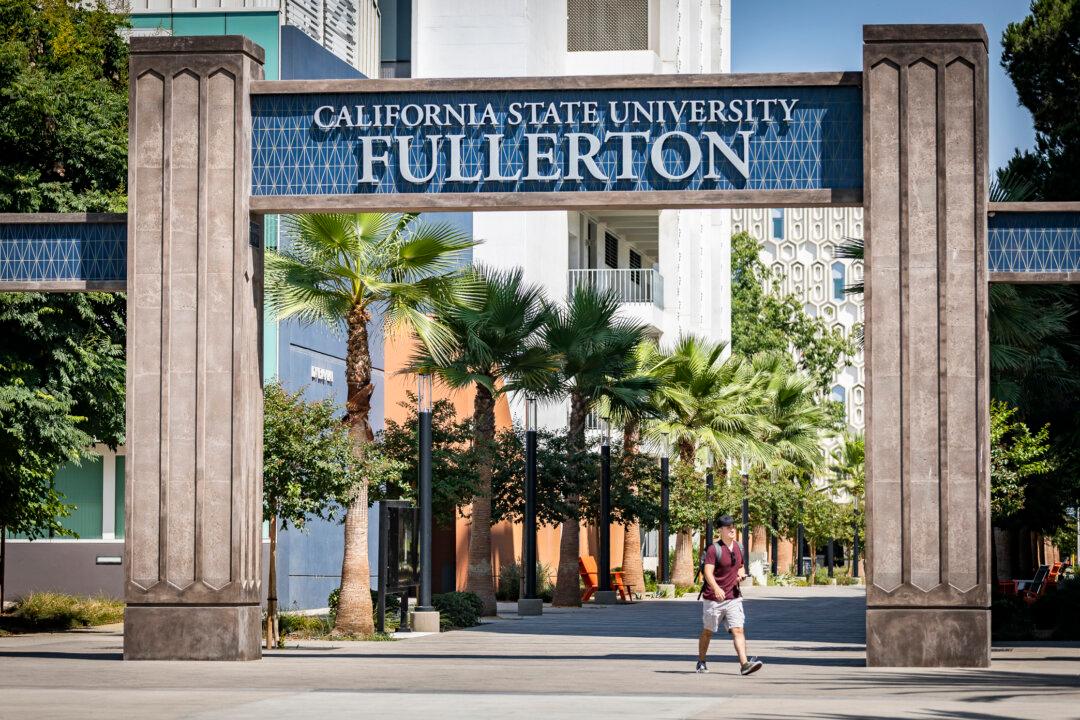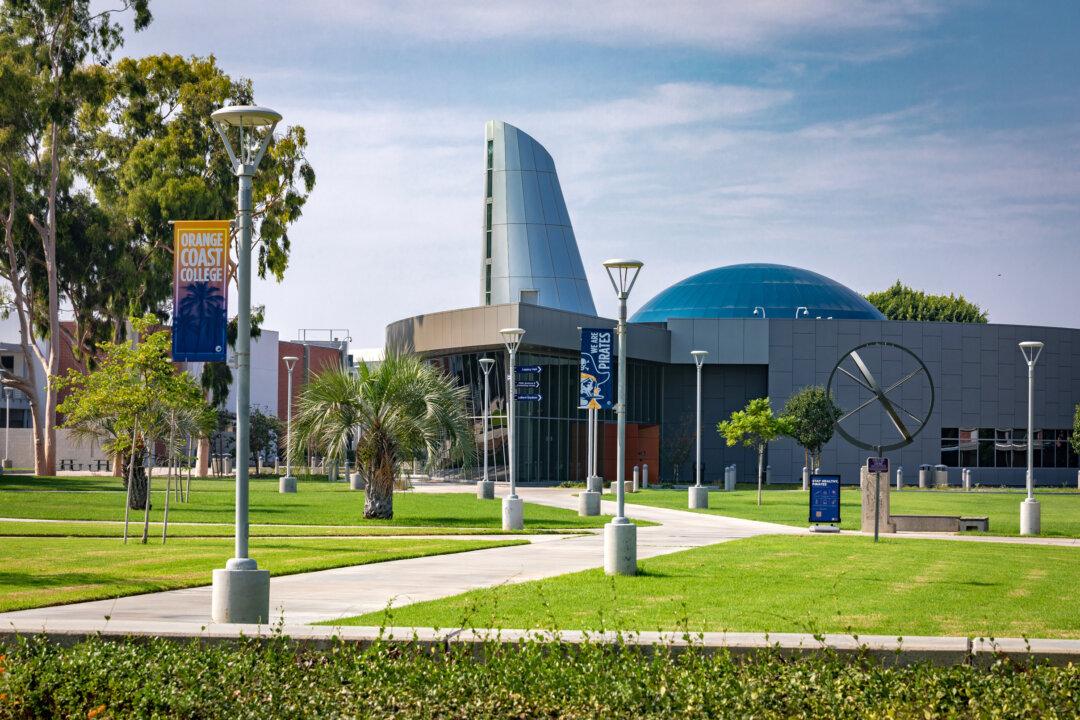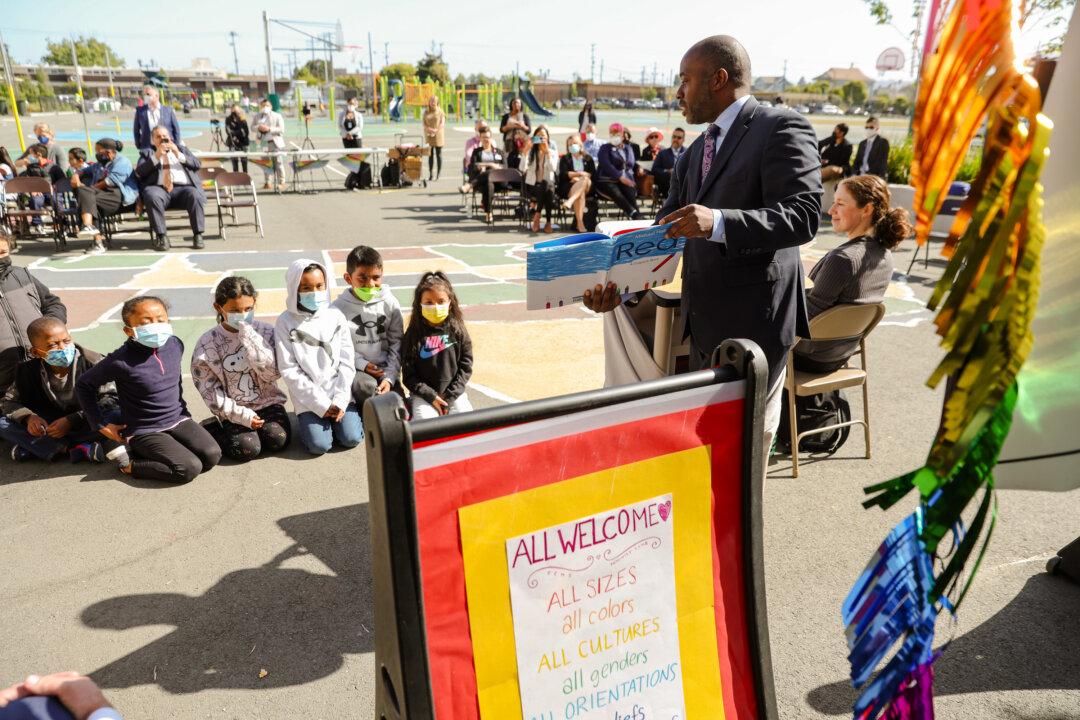The California State University (CSU) system is creating a program that allows community college students to enter a dual-admission agreement with one of CSU’s campuses—a program that the system is also hoping will boost its community college transfer enrollment numbers.
The so-called Transfer Success Pathway program guarantees students’ admission to a CSU campus once they complete general education requirements at the community college and grants students early access to university resources such as academic advisors and libraries.





